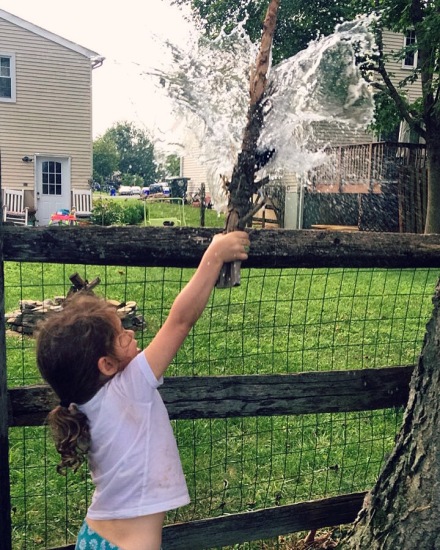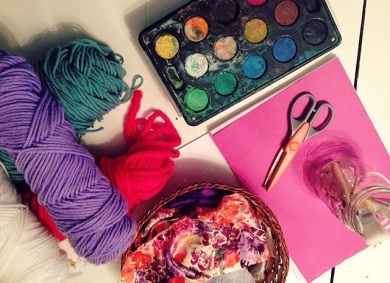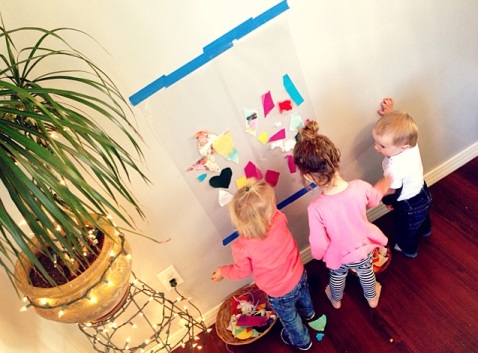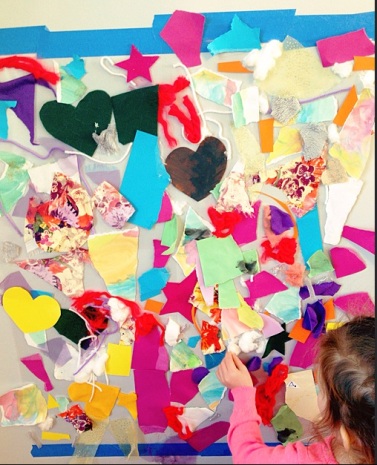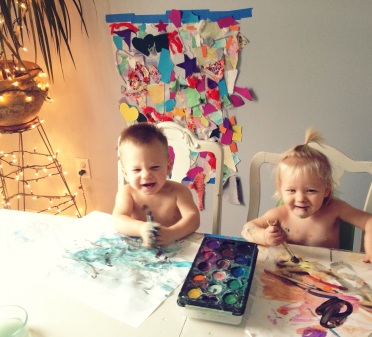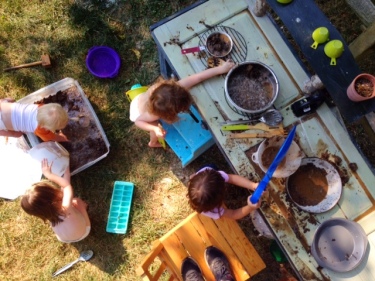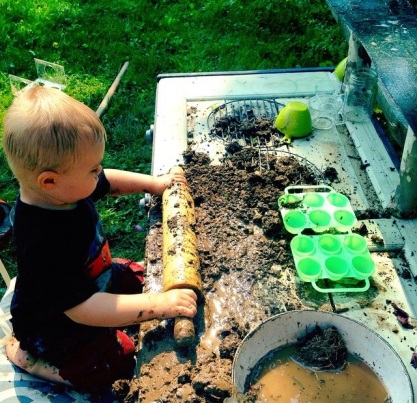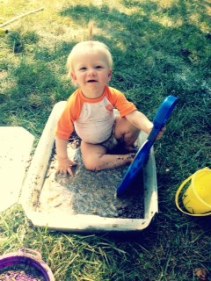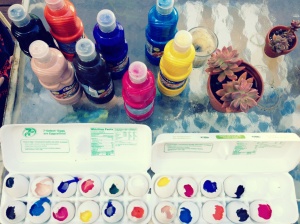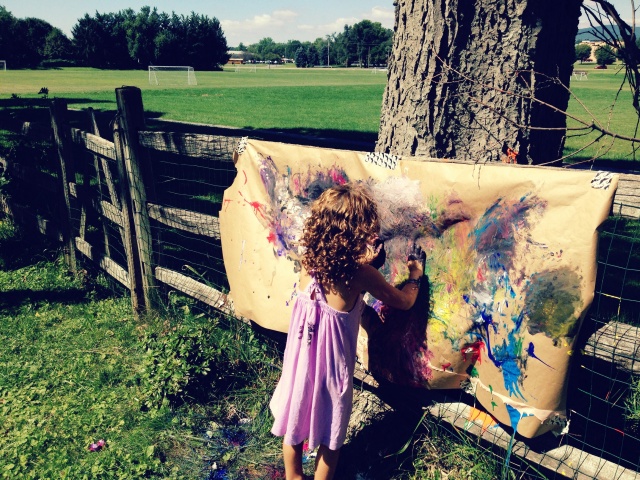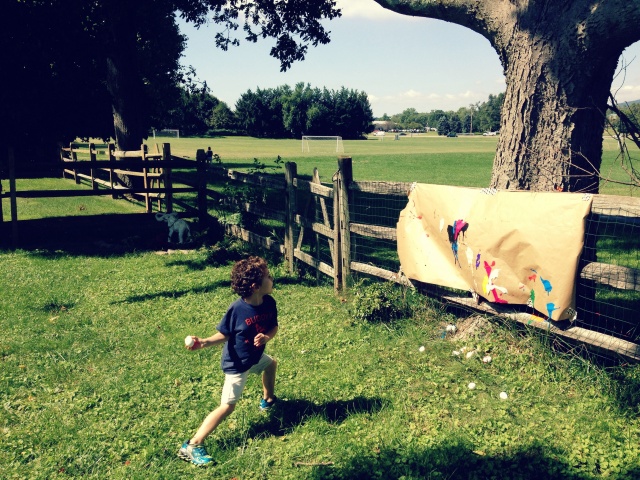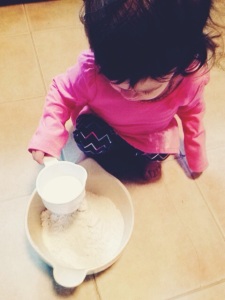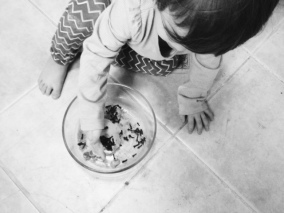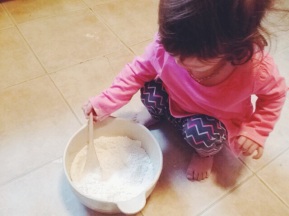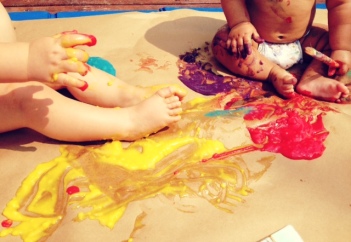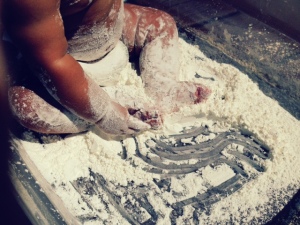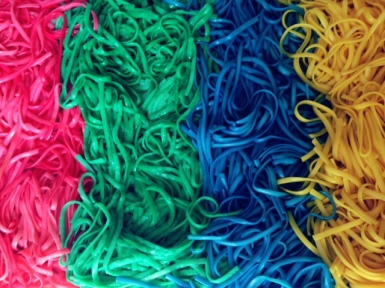This is a post that I’ve been wanting to (meaning to) write since February, but to be honest, I’ve been busy since February. I’m still busy, but I thought that Thanksgiving would be the perfect time to pose this question to all of the seasoned parents, and to discuss the small ways in which we have been trying to give back.
I have been taking care of children for a very long time, and have always felt a responsibility towards them to help show them the importance of recognizing the gifts we have, and appreciating the people around us. Now that I am a mother myself, I feel that responsibility even more so. With the holidays approaching I have found myself having moments, of what I can only describe as panic, at the mere thought of how to even begin teaching my daughter what is truly important, at a time when it’s so easy to get lost in the selfishness of it all. My husband and I have already made the decision that we will be very limiting in what we give our daughter as far as Christmas and birthday gifts. This year she is only one, so it is not yet an issue, however, as she gets older I want to combat the commercialism of the season, with the idea that our heads and hearts should be focused on giving back, and showing our gratitude, instead of focused on what we want but don’t need. So my question to you (and its a heavy one) is how do you instill this in your young children? What are the small things you do on a daily or weekly basis, and what do you do on a larger scale around the holidays?
The reason I have been wanting to write this since February is because for Valentines Day I decided that we would take the week to practice random acts of kindness. We did things such as making notes for our elderly neighbors and leaving them a box of candy. We thanked our mail lady (who is always so sweet to the kids) with a note and few boxes of Milano cookies. We took gifts to the park and left them for kids in the neighborhood, and while we were there we picked up trash, which is something I try to make a habit with them. We also made feeders for the birds and squirrels, and hung them in the yard.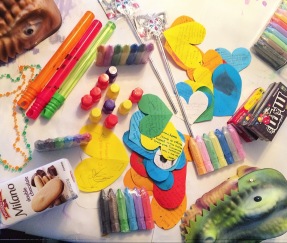
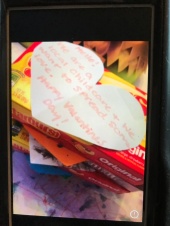
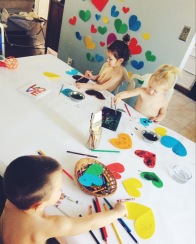
I haven’t been able to do as much as I would like to for Thanksgiving, because I’ve been battling bronchitis for about 2 weeks. However, one of my awesome daycare moms has stepped in and saved the day. The town we live in has a small movement called Frederick Rocks, where people paint and leave rocks around town with all kinds of messages on them. This mom gave us a ton of pre painted rocks, along with all of the supplies we needed! The kids colored them with paint markers, and I wrote quotes and sayings about being grateful and giving thanks. Tomorrow we will place these all around our park and local community. We will also be taking brownies to three of our neighbors, who are always so kind to us, and have donated an abundance of things to our daycare. We will also be drawing and writing about the things we are thankful for. I’m very curious to know what everyone else will be doing to show their children the importance of gratitude this week? I know I will be grateful for all of your insight!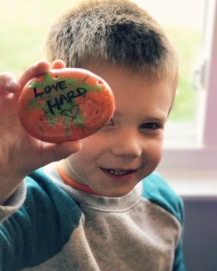
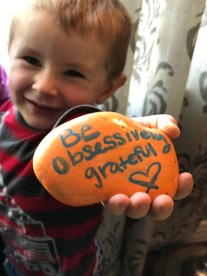
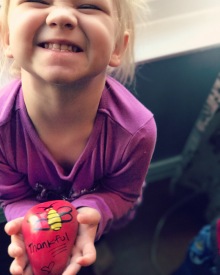
Happy Thanksgiving to Everyone!



